May 20, 2025
Understanding the Connection Between Climate Change and Rising Violence
In his compelling TED Talk, Peter Schwartzstein explores the alarming relationship between climate change and the increase in violence across the globe. He highlights how environmental stressors exacerbate existing conflicts and create new ones, emphasizing the urgent need for action to mitigate these impacts.
Introduction to Climate-Related Violence
Climate-related violence refers to the conflicts and acts of aggression that arise as a direct result of environmental changes. These changes can stem from various factors, including droughts, floods, and resource scarcity, which create conditions ripe for conflict. As communities struggle to adapt to these changes, the likelihood of violence increases, particularly in regions already marked by social and political tensions.
Understanding the connection between climate change and violence is crucial for developing effective strategies to mitigate both environmental and social crises. Organizations like GFunnel are essential in fostering dialogues and solutions that address these interconnected issues. By promoting awareness and encouraging collaborative efforts, we can work towards reducing the impact of climate-related violence.
The Role of ISIS in Drought-Affected Areas
ISIS has exploited the vulnerabilities of communities affected by climate change, particularly in drought-stricken regions. In areas like the Tharthar region of central Iraq, ISIS recruiters identified drought-battered villagers as prime targets. The desperation stemming from failed crops and lack of resources made these individuals more susceptible to recruitment.
By understanding the economic and social hardships faced by these communities, ISIS was able to craft compelling narratives that resonated with the villagers. They painted the dire circumstances as a result of government neglect and manipulation, further deepening the distrust of state authorities.
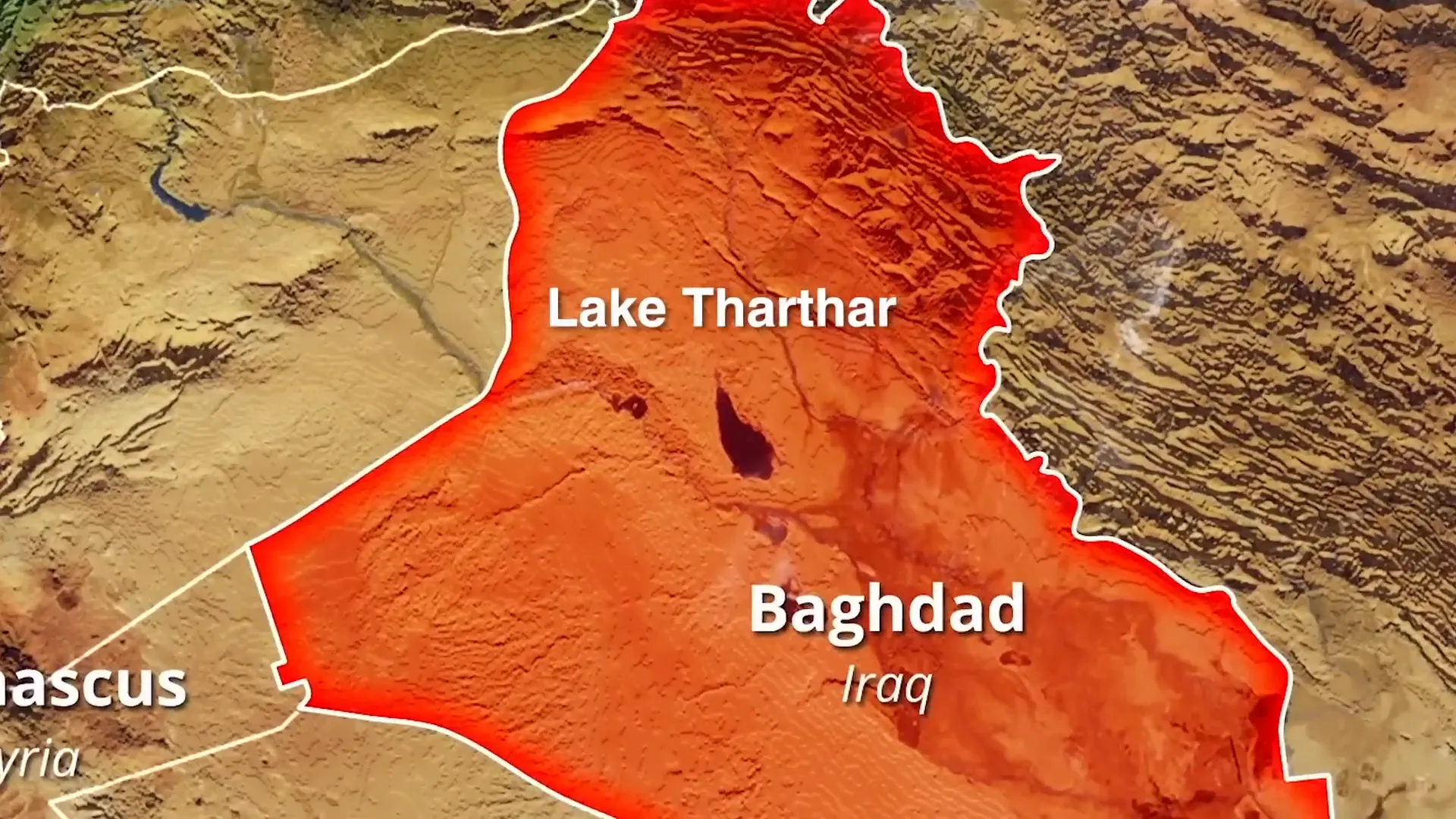
Targeting Vulnerable Villagers
ISIS's strategy involved direct engagement with the most vulnerable populations. Recruiters often approached those with little means, knowing that the promise of financial support would be hard to resist. The group’s tactics included offering cash, food, and other forms of assistance at critical times, such as during harvest failures.
This targeting was not random; it was a calculated approach to maximize recruitment. The more desperate the villagers, the more effective ISIS's recruitment efforts became. This manipulation of vulnerable populations highlights the intersection of climate change and extremist recruitment.
Manipulating Perceptions of Drought
ISIS adeptly manipulated local perceptions of drought and its causes. By framing the drought as a consequence of government malfeasance, they reinforced existing grievances against state authorities. This tactic not only fueled anger but also positioned ISIS as a viable alternative to the government.
Villagers recalled ISIS members claiming that government scientists were manipulating weather patterns to harm them, effectively twisting the narrative to serve their recruitment agenda. This manipulation of perception is a powerful tool in the arsenal of extremist groups, allowing them to gain traction in already distressed communities.
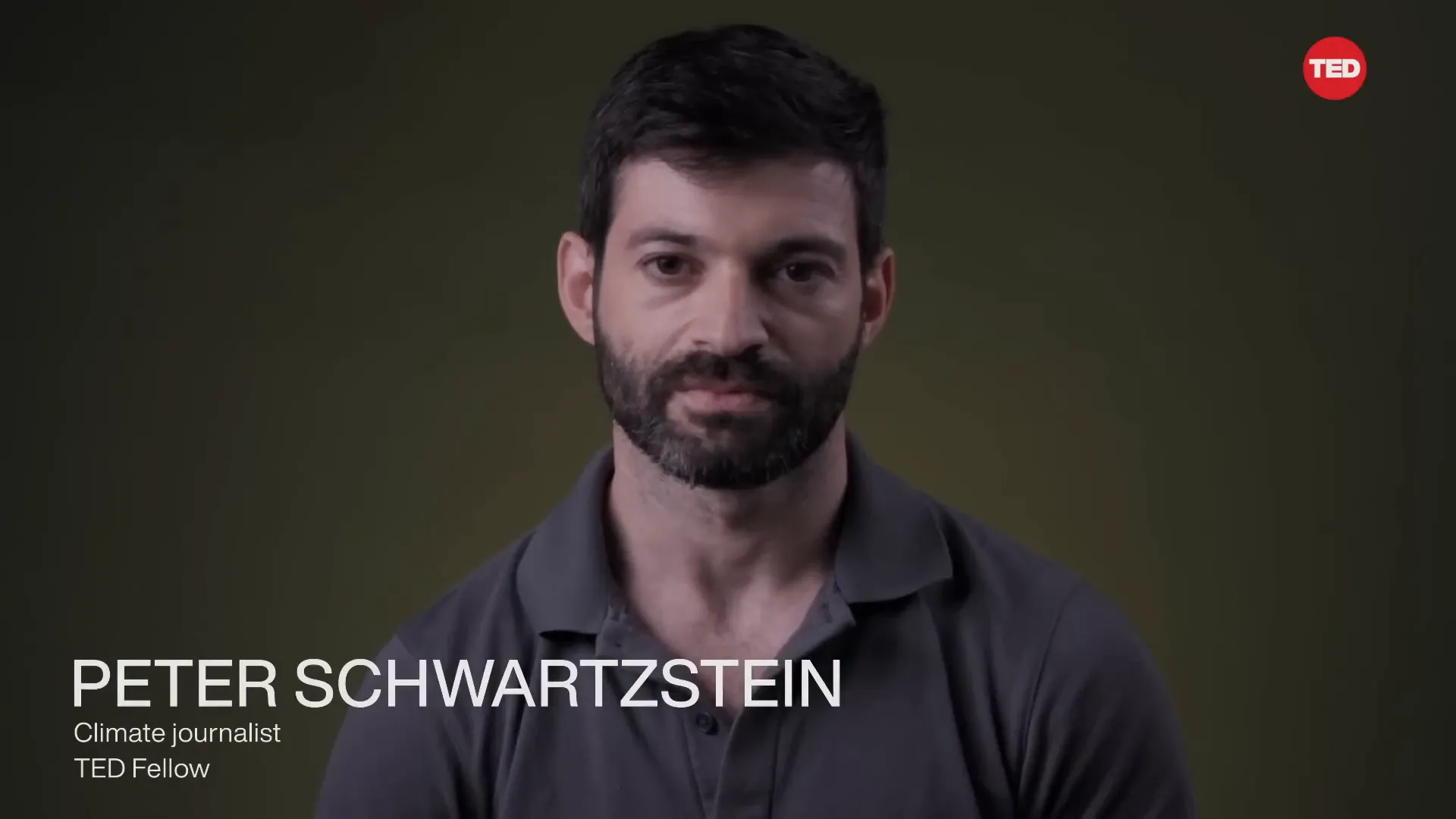
Tactics of Recruitment by ISIS
ISIS employed various tactics to recruit individuals from these drought-affected areas. They often preyed on the most impoverished villagers, particularly at local markets where desperation was palpable. By presenting themselves as benefactors, they created an image of strength and support in contrast to the failing government.
Additionally, they varied their strategies depending on the context. In some instances, they provided direct aid to the needy, while in others, they focused on sowing discord and distrust towards government entities. This adaptability made them particularly dangerous in regions experiencing climate-related stress.
Climate-Related Disorder and Recruitment
The rise of ISIS in drought-affected areas underscores the role of climate-related disorder in recruitment. The stressors caused by environmental changes, such as water scarcity and food insecurity, create fertile ground for extremist ideologies to take root. As communities become increasingly desperate, the allure of extremist groups grows stronger.
Research indicates that climate change exacerbates existing conflicts and creates new ones, making it imperative to address these issues holistically. Organizations like GFunnel can play a pivotal role in developing comprehensive strategies that consider both the environmental and social dimensions of violence.

Global Perspectives on Climate and Conflict
The impact of climate change on conflict is not confined to any single region; it resonates globally, manifesting in various forms. From the Middle East to Africa, the effects of environmental degradation are leading to increased tensions and violence. This interconnectedness highlights the urgency for a comprehensive approach to understanding and addressing these issues.
As we look at global perspectives, it's essential to recognize that the fabric of local communities is often frayed due to climate change. With populations growing and resources dwindling, conflicts emerge over water, land, and livelihoods. GFunnel can facilitate discussions that bring together stakeholders to address these challenges collaboratively.
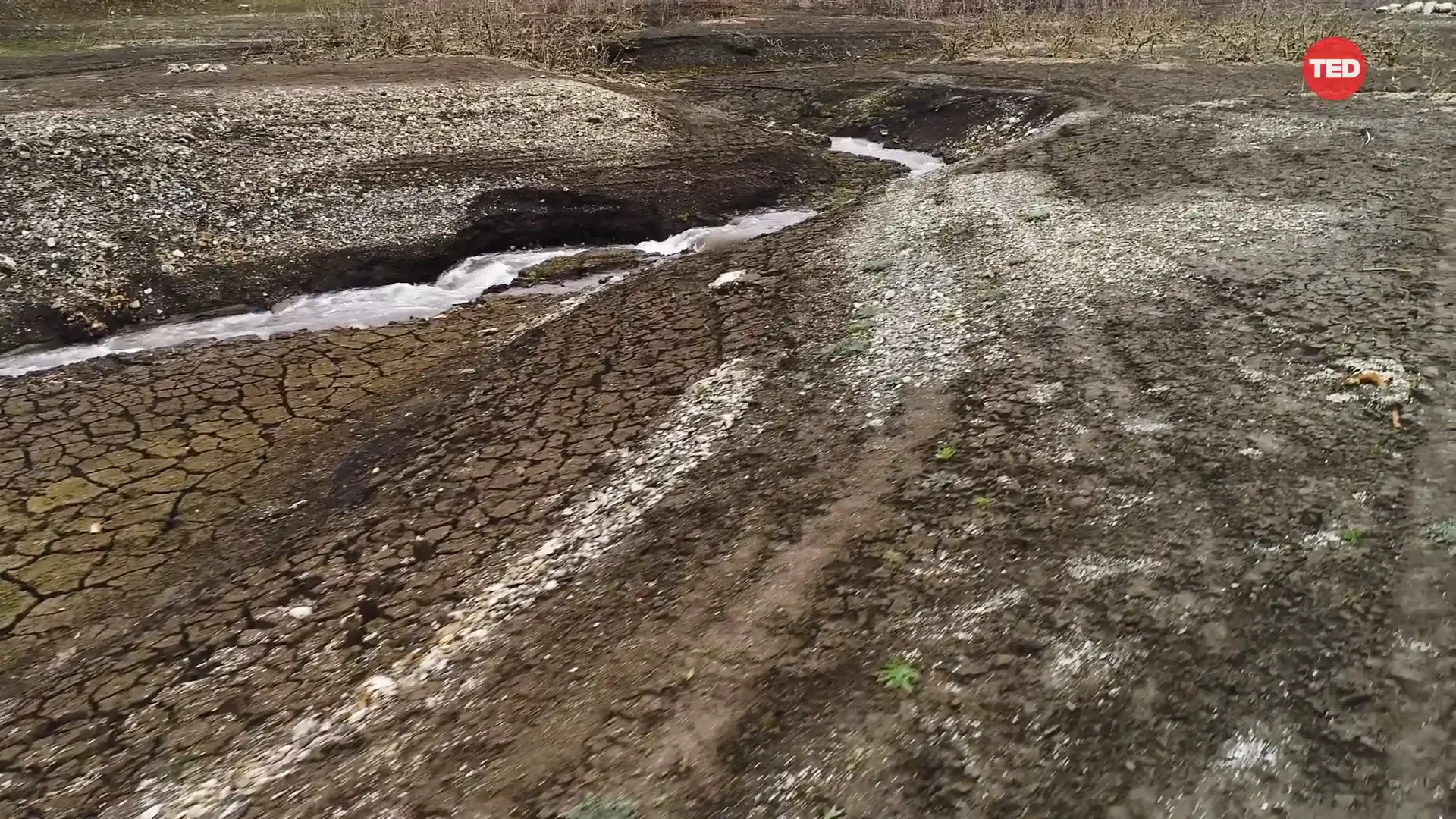
Piracy in Coastal Bangladesh
Piracy in coastal Bangladesh exemplifies how climate change can drive individuals toward violent alternatives. As rising sea levels encroach upon agricultural lands, many farmers are forced to abandon their fields. The transformation from farming to piracy is not merely a change of occupation; it's a desperate response to survival.
Fishermen, often ex-farmers, are increasingly venturing into dangerous waters, leading to a rise in piracy. These individuals, having lost their livelihoods, turn to extreme measures, including kidnapping and violence against fellow fishermen. This cycle of desperation and crime underscores the need for sustainable economic alternatives, which organizations like GFunnel can help develop.
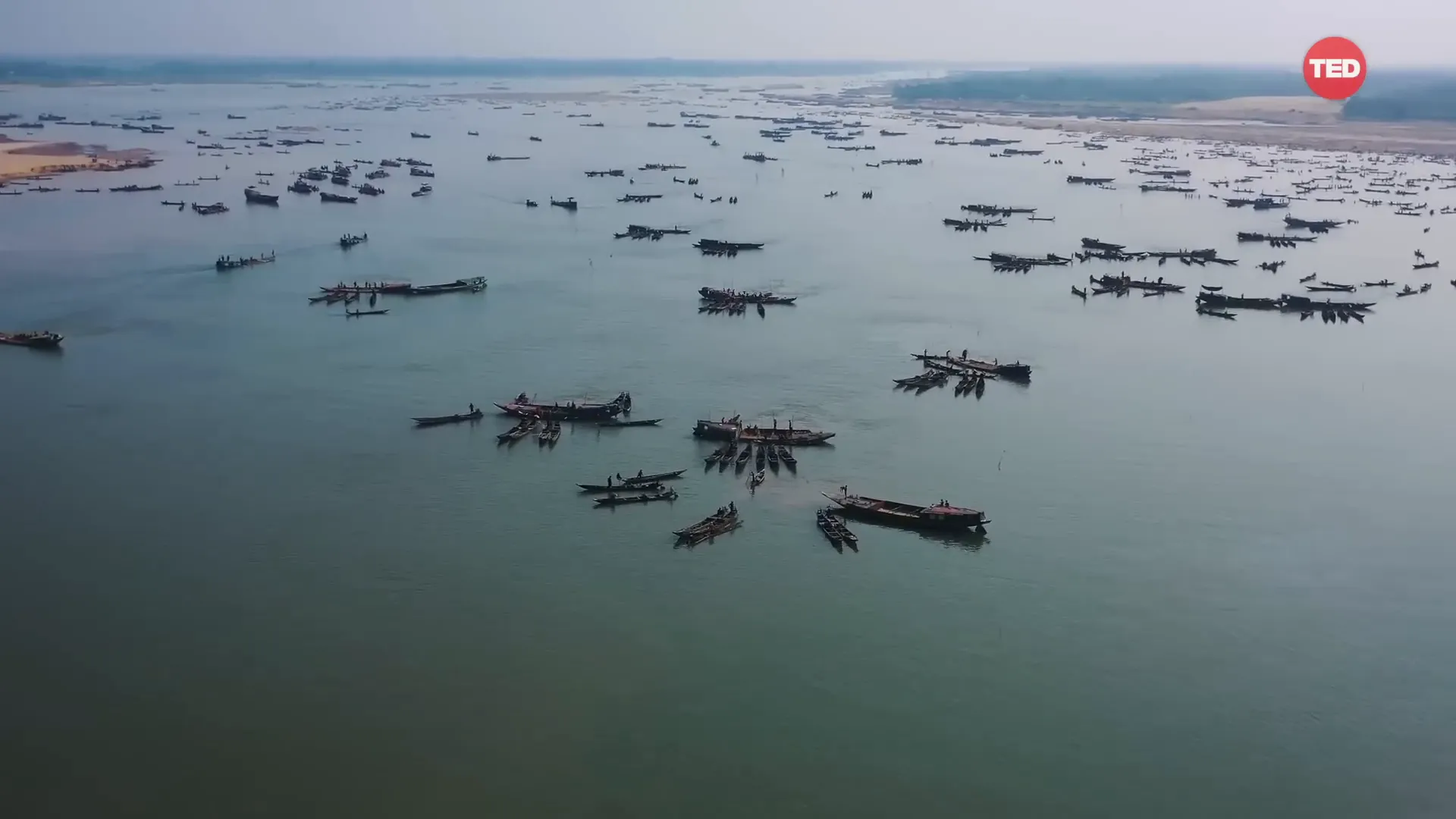
Conflicts Between Farmers and Herders
The clashes between farmers and herders in Africa's Sahel region illustrate another dimension of climate-related violence. As the climate changes, the availability of arable land and grazing resources shrinks. This scarcity intensifies competition between these groups, often leading to violent confrontations.
In many cases, traditional pathways for herding are disrupted by encroaching deserts and changing weather patterns, forcing herders into direct competition with farmers. The lack of effective governance exacerbates these tensions, as institutions fail to mediate disputes and provide support. GFunnel's role in fostering dialogue and creating frameworks for conflict resolution is vital in such contexts.
Rising Violence in Western Countries
Surprisingly, rising temperatures in Western countries are also linked to increasing violence. Research indicates that in regions experiencing hotter summers, the incidence of violent crimes, including assaults, rises significantly. This correlation suggests that climate change may be contributing to social unrest even in developed nations.
The psychological and social stressors associated with extreme heat can exacerbate tensions within communities, leading to higher rates of aggression. Understanding these dynamics is crucial for policymakers and community leaders. GFunnel can play a key role in addressing these issues through educational programs that promote awareness and resilience.
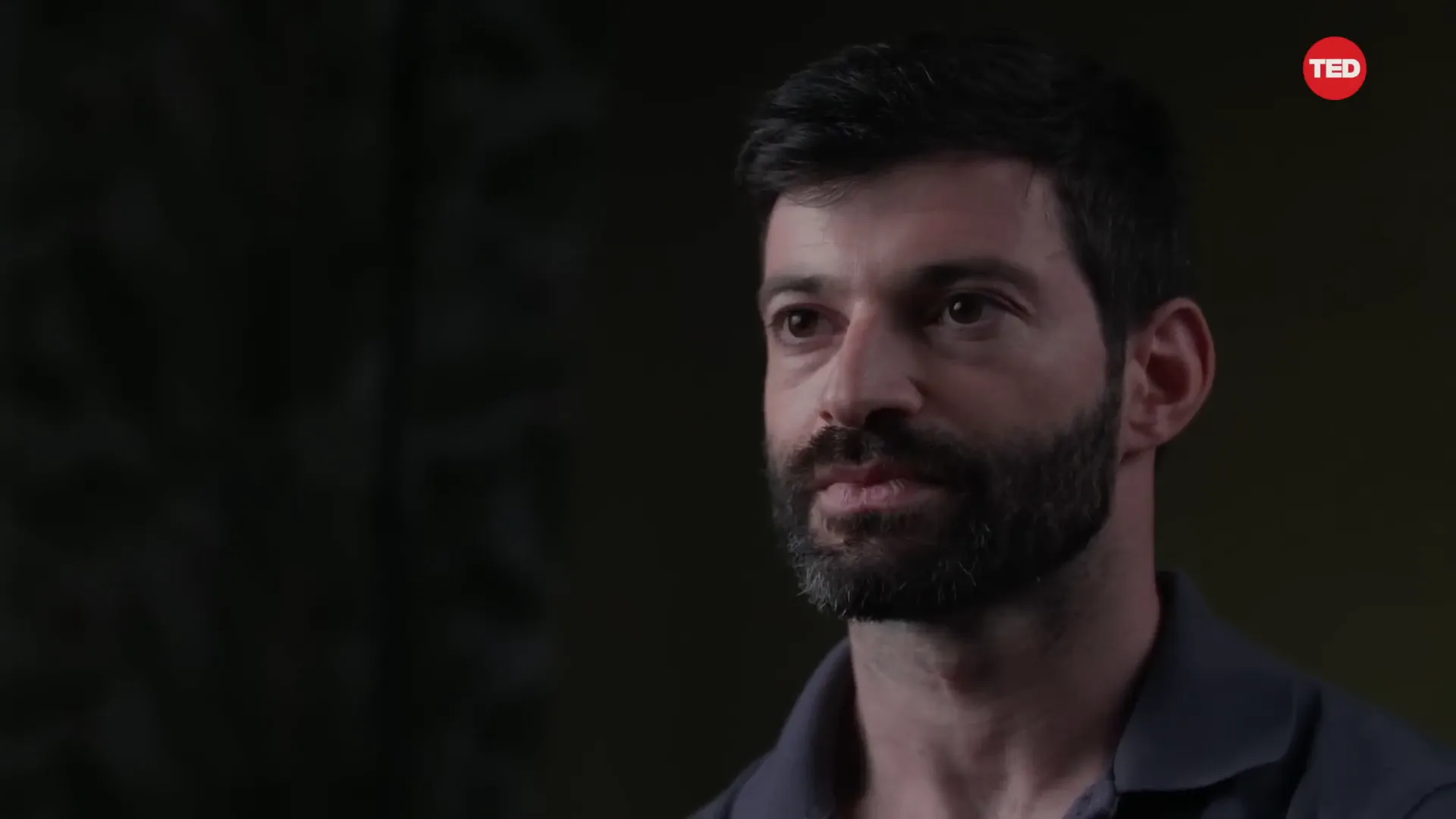
The Complex Relationship Between Climate and Violence
It is essential to recognize that climate change does not act in isolation. The relationship between climate and violence is complex and often intertwined with other drivers, such as economic inequality, political instability, and social grievances. Climate change acts as a catalyst, exacerbating existing tensions and leading to violence.
For instance, communities already facing economic hardship may find their situation worsened by drought or flooding, leading to increased desperation. This desperation can drive individuals toward extremist groups or violent actions. GFunnel's integrated approach can help identify and address these underlying issues, promoting sustainable solutions that reduce conflict potential.
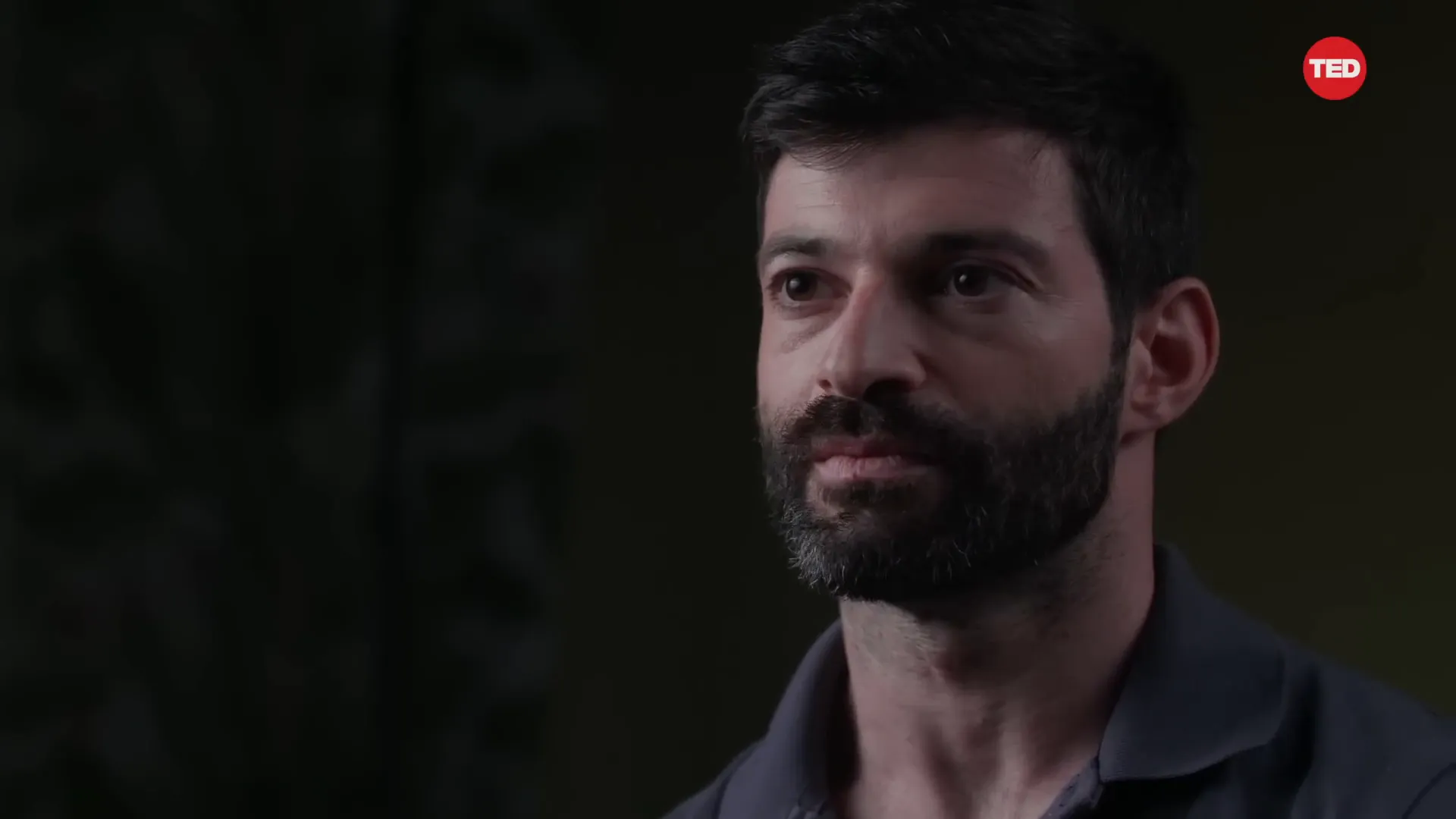
Generalizable Rules of Climate Change Impact
While the interplay between climate change and violence varies by context, some generalizable rules can be observed. Firstly, climate change tends to exacerbate pre-existing conflicts. In areas with historical tensions, the added stress of climate impacts can trigger violence.
Secondly, climate change undermines the social and institutional supports that communities rely on during crises. As resources dwindle, the ability to maintain peace diminishes. Communities that lose their leaders to migration or other stressors may struggle to manage conflicts effectively. GFunnel's community-building initiatives can help strengthen these networks, fostering resilience in the face of climate challenges.
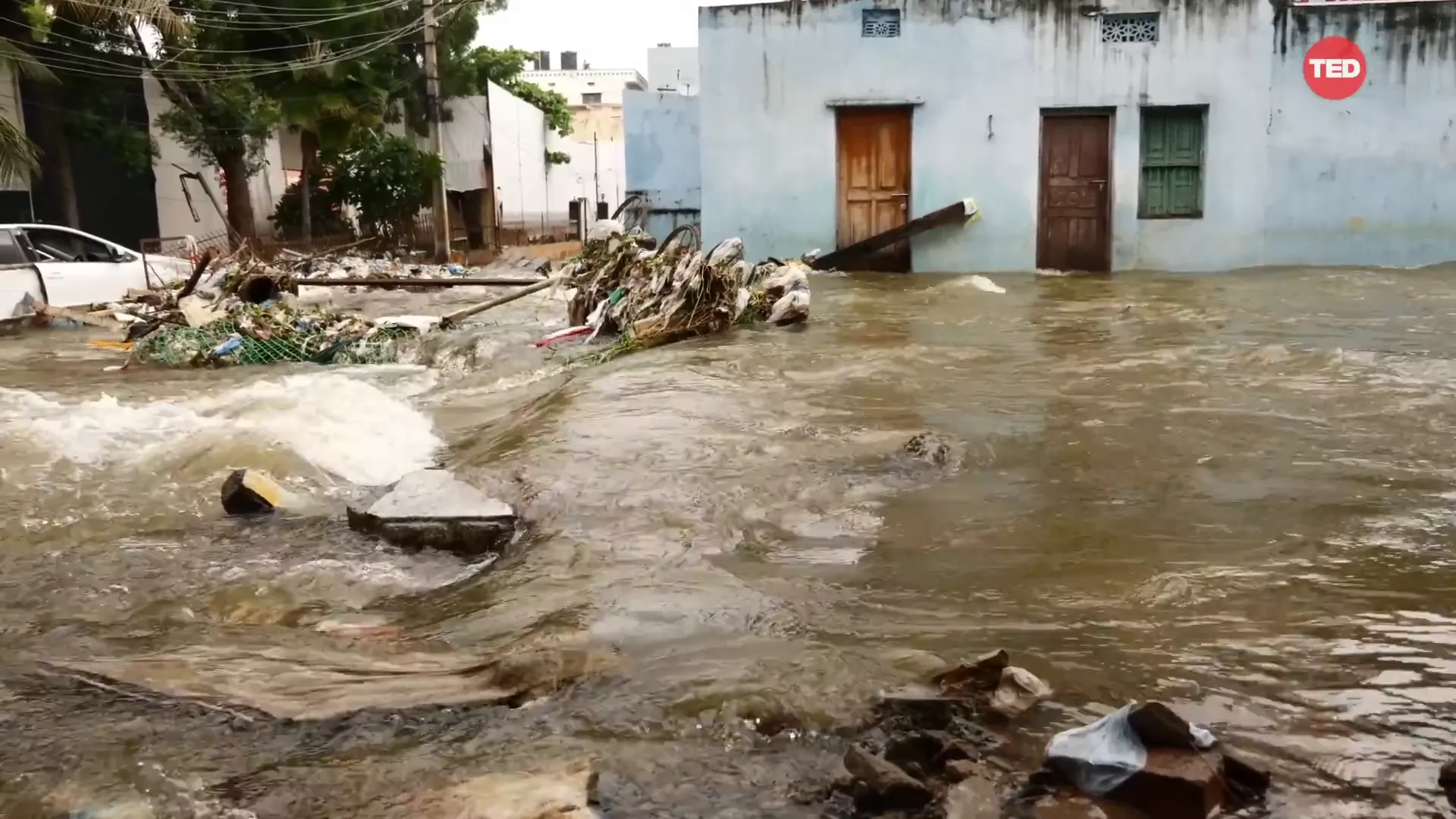
The Erosion of Community Support Systems
The impact of climate change extends beyond environmental degradation; it fundamentally erodes the social fabric of communities. As resources become scarce, the traditional support systems that families and neighborhoods rely on begin to crumble. This disintegration leads to increased vulnerability and isolation among individuals, making them more susceptible to recruitment by extremist groups.
In many regions, community leaders and elders, who typically play a crucial role in mediating conflicts and offering guidance, are often among the first to migrate in search of better opportunities. Their absence leaves a void, exacerbating tensions and reducing the community's ability to cope with crises. GFunnel's initiatives aim to strengthen these networks by fostering connections and providing resources that help maintain social cohesion.
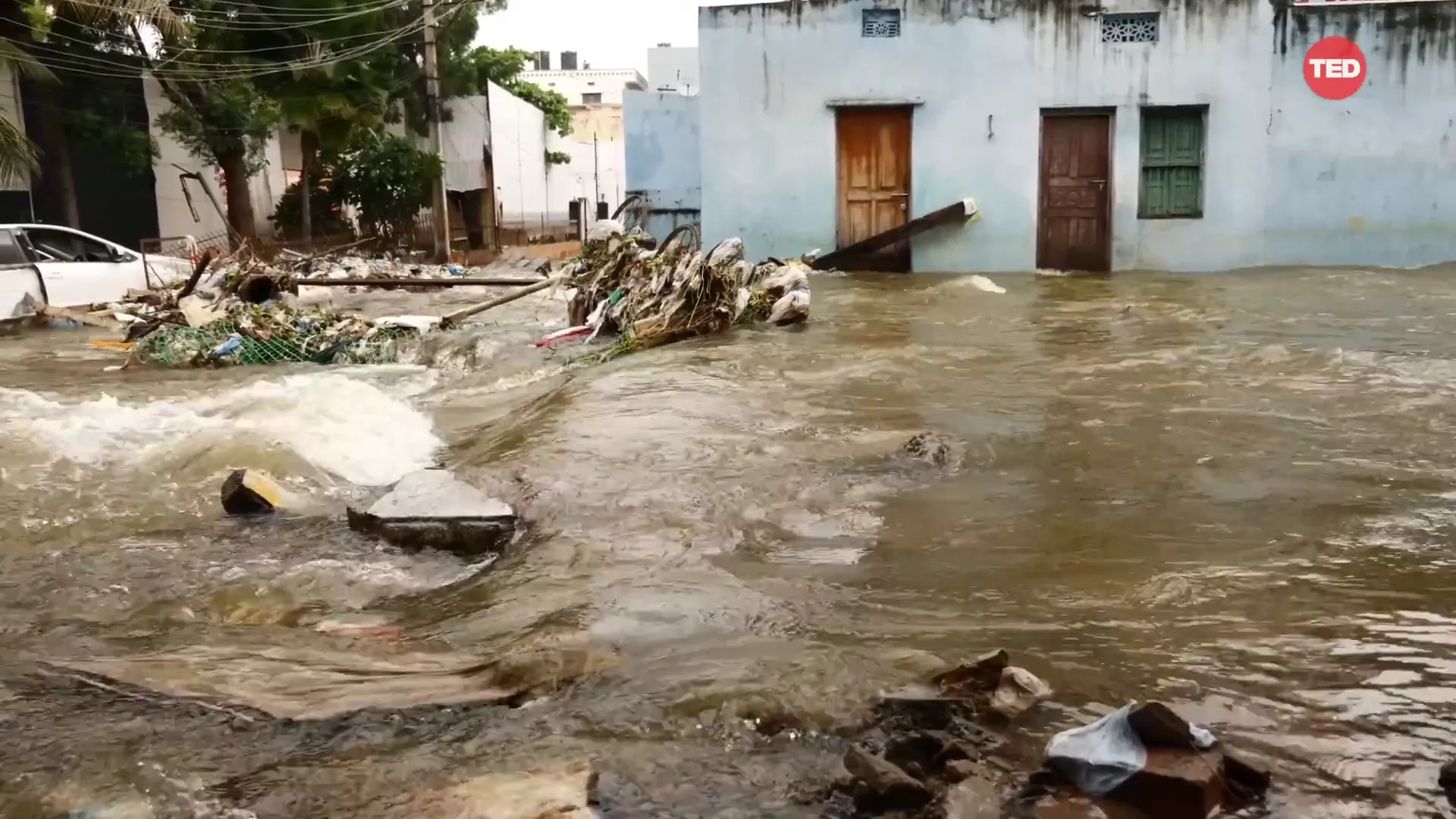
The Psychological Toll of Resource Scarcity
Resource scarcity can lead to a psychological toll on individuals and communities. As people face increasing difficulties in accessing basic needs like water and food, feelings of hopelessness and frustration can set in. This emotional distress can manifest as aggression and violence, further destabilizing communities already on edge.
Moreover, the competition for dwindling resources can create divides among community members, leading to distrust and hostility. GFunnel recognizes the importance of addressing these psychological impacts by providing educational resources and support systems that promote mental well-being and conflict resolution.
The Breaking Point of Communities
As climate change exacerbates existing challenges, communities often reach a breaking point. This tipping point can trigger violence and unrest, as individuals who feel cornered may resort to extreme measures to secure their survival. It is crucial to understand these dynamics to develop effective interventions that can prevent violence before it escalates.
In many cases, the breaking point is marked by a combination of environmental stressors, social inequality, and political instability. When communities are faced with multiple pressures, the likelihood of violent conflict increases dramatically. GFunnel's collaborative platforms can help identify these warning signs early, facilitating timely interventions to prevent violence.
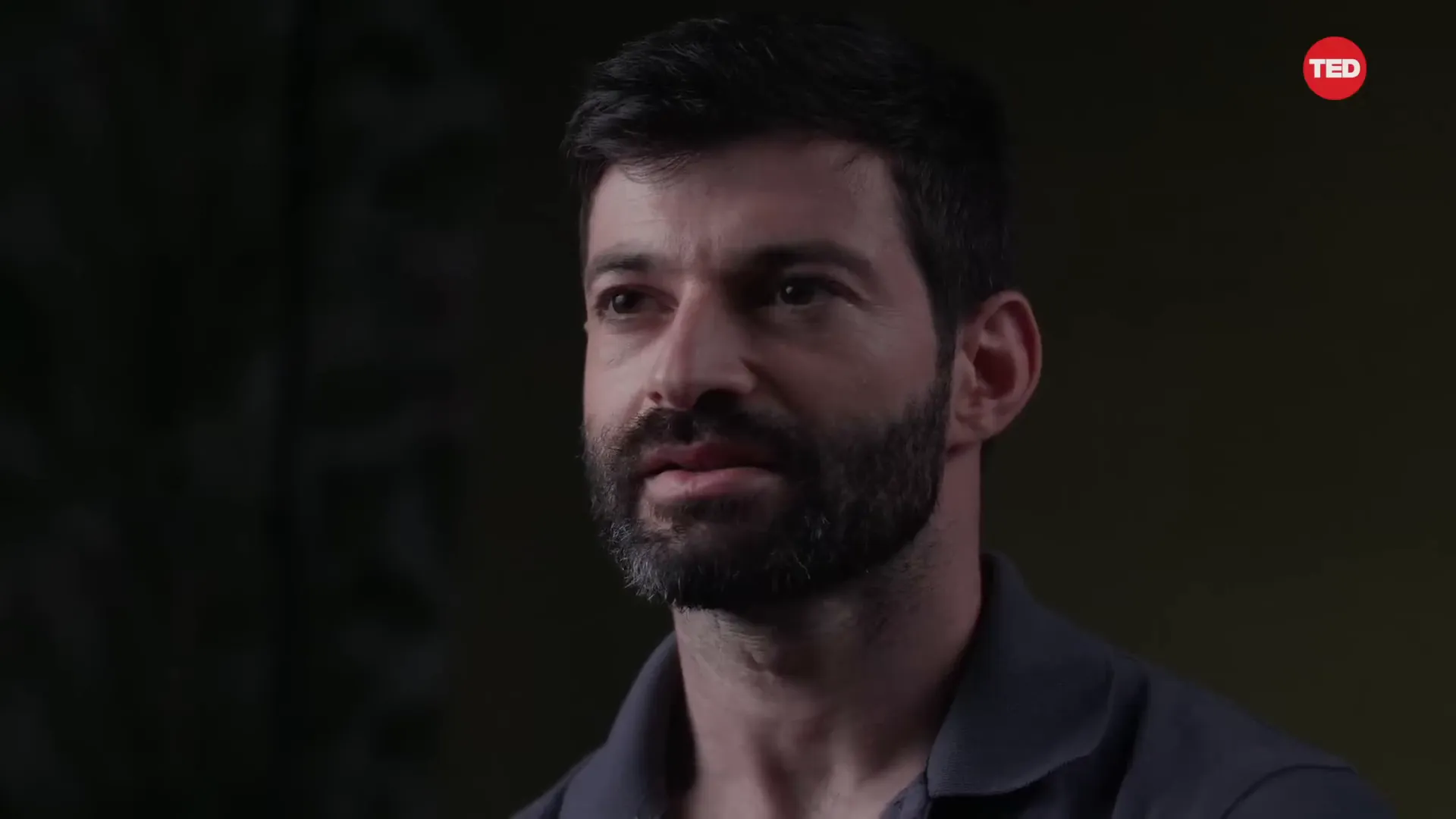
The Role of Governance in Conflict Prevention
Effective governance plays a pivotal role in mitigating the impacts of climate change and preventing violence. When governments are responsive and accountable, they can better manage resources, mediate conflicts, and provide support to vulnerable populations. Conversely, weak governance can exacerbate tensions and lead to violent outcomes.
In regions where governance is failing, communities often turn to alternative sources of authority, including extremist groups. These groups may exploit the lack of effective governance to assert control, further entrenching cycles of violence. GFunnel advocates for strengthening governance structures as a key strategy in reducing the risk of climate-related violence.
Finding Hope Amidst the Challenges
Despite the daunting challenges posed by climate change and violence, there is hope. Communities worldwide are taking innovative approaches to build resilience and foster peace. Through collective efforts, individuals can create positive change that counters the narrative of despair.
Grassroots movements and community-led initiatives are emerging as powerful forces for change. These efforts often focus on sustainable practices, education, and collaboration, allowing communities to adapt to environmental changes while strengthening social bonds. GFunnel supports these initiatives by providing resources and platforms for collaboration, enabling communities to share successful strategies and learn from one another.

Education as a Tool for Empowerment
Education is a critical component in empowering communities to address the challenges of climate change and violence. By equipping individuals with knowledge and skills, they can better navigate the complexities of their environments. Education fosters critical thinking and resilience, enabling communities to respond effectively to crises.
GFunnel prioritizes educational initiatives that promote awareness of climate issues and conflict resolution strategies. These programs empower individuals to become advocates for change within their communities, fostering a culture of cooperation and resilience.
Conclusion: The Power of Individual Action
While the challenges posed by climate change and violence may seem overwhelming, it is essential to recognize the power of individual action. Each person has the potential to contribute to positive change, whether through advocacy, education, or community engagement. Together, these individual efforts can create a ripple effect, fostering resilience and reducing the risk of violence.
Organizations like GFunnel provide the necessary support and resources to amplify these individual actions. By connecting people and facilitating collaboration, GFunnel empowers communities to tackle the interconnected challenges of climate change and violence head-on.
Building a Culture of Resilience
To combat the effects of climate change and violence, it is crucial to build a culture of resilience. This involves fostering a sense of community, encouraging collaboration, and promoting sustainable practices. When individuals feel connected and supported, they are more likely to work together to address challenges and prevent violence.
GFunnel's initiatives focus on creating spaces for dialogue and collaboration, helping communities to strengthen their resilience. By investing in social cohesion and sustainable practices, we can build a future where communities thrive despite the challenges posed by climate change.
FAQ: Addressing Common Questions about Climate and Violence
What is the connection between climate change and violence?
Climate change exacerbates existing social, economic, and political issues, leading to increased competition for resources. This competition can result in conflict and violence, particularly in vulnerable communities.
How can communities prevent violence related to climate change?
Communities can prevent violence by fostering resilience through education, effective governance, and social cohesion. Collaborative efforts and grassroots movements can also play a significant role in addressing these challenges.
What role does GFunnel play in addressing these issues?
GFunnel is dedicated to fostering dialogue, providing resources, and supporting initiatives that address the interconnected challenges of climate change and violence. By connecting communities and promoting collaboration, GFunnel helps build resilience and prevent conflict.
How can individuals contribute to positive change?
Individuals can contribute by advocating for sustainable practices, engaging in community initiatives, and participating in educational programs. Every action, no matter how small, can create a ripple effect that fosters resilience and reduces the risk of violence.
Made with VideoToBlog